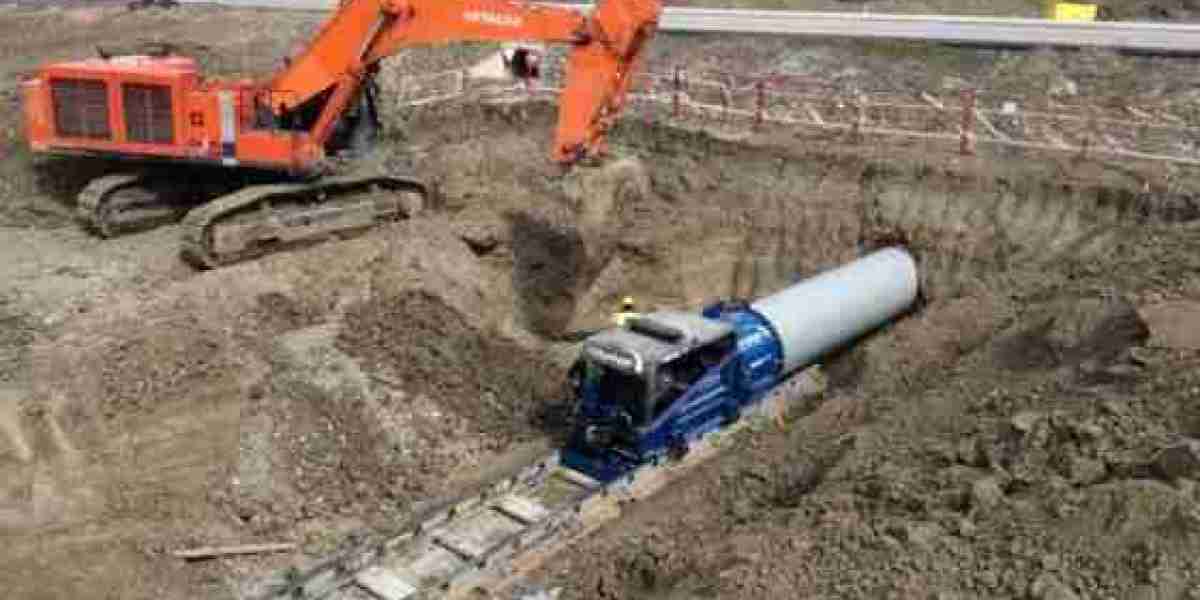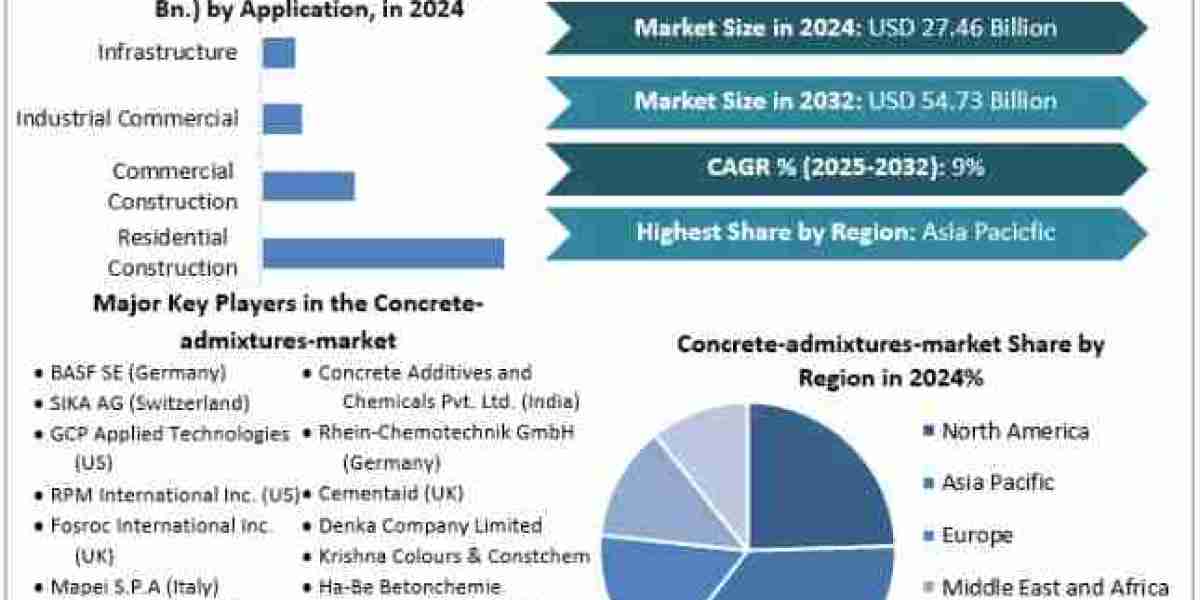In the realm of underground utility installation, time is often the most critical resource. Infrastructure projects involving water lines, sewer systems, or electrical conduits must adhere to tight schedules while minimizing disruptions to public services, traffic, and surrounding communities. For contractors and project managers aiming to speed up operations without sacrificing accuracy or safety, an auger boring machine can be a powerful asset.
This article explores how using an auger boring machine can significantly reduce project timelines, the advantages it offers over traditional trenching methods, and how it contributes to overall job site efficiency.
What Is an Auger Boring Machine?
An auger boring machine is a horizontal drilling tool used to install steel casing under roads, railways, or buildings without disturbing the surface above. It uses a rotating auger within a casing pipe to excavate soil and advance underground pathways. This trenchless method is often employed in utility installations where surface disruption must be minimized.
Unlike directional drilling, which steers the bore path electronically, auger boring follows a straight and level path, making it ideal for shorter crossings or installations that require high accuracy along a fixed trajectory.
1. Faster Installation Without Surface Disruption
One of the primary reasons why an auger boring machine can cut down on a project’s timeline is its ability to work below the surface without needing to excavate a large open trench. Traditional trenching requires extensive digging, shoring, and restoration work, especially in urban or heavily trafficked areas.
With auger boring:
Surface roads and structures remain undisturbed.
There is no need to shut down major traffic routes or pedestrian pathways.
The time-consuming process of backfilling and resurfacing is eliminated.
This streamlined operation means utility lines can be installed more quickly and with far less post-installation cleanup, saving days or even weeks depending on the size of the job.
2. High Precision Means Fewer Errors
Accuracy is another key factor in speeding up underground projects. The auger boring machine provides excellent control for maintaining alignment and grade, especially when equipped with laser guidance systems. When a bore is precisely executed the first time, it reduces the likelihood of:
Costly corrections or realignments.
Re-drilling due to poor alignment.
Delays caused by inspections or rework.
By increasing the chance of getting it right the first time, an auger boring machine helps contractors stick to their original project timelines.
3. Minimal Soil Handling Speeds Up Workflow
With trenching methods, soil must be excavated, stored, and then either reused or hauled away. This handling adds time and complexity to the job. An auger boring machine simplifies the process by transporting soil through the rotating auger directly back to the launch pit.
This method of spoil removal:
Reduces the need for dump trucks and additional handling equipment.
Allows for continuous operation without long pauses for excavation or cleanup.
Results in less mess on the job site, which is important for urban and environmentally sensitive areas.
Overall, this leads to a cleaner, faster, and more organized work environment.
4. Adaptability to Challenging Conditions
Project timelines can often be extended by adverse soil conditions or obstructions. Auger boring machines are built to handle a wide range of soil types, including:
Clay
Sandy soil
Silty materials
Light gravel
Additionally, auger boring systems can be outfitted with various cutting heads and casing designs that are tailored to the specific needs of the ground conditions. By adapting to the environment, the machine can maintain a consistent pace of work even when the terrain changes, reducing unexpected delays.
5. Improved Crew Safety Enhances Efficiency
Job site injuries and accidents not only impact worker well-being but also bring projects to a standstill. Because auger boring machines reduce the need for open trench excavation, the risk of cave-ins, falls, and equipment-related accidents is greatly diminished.
Safer job sites mean:
Fewer delays due to work stoppages.
Lower risk of equipment damage or loss of materials.
Enhanced worker morale and productivity.
By keeping the crew safe and the site organized, progress remains steady and efficient.
6. Reduced Permitting and Inspection Time
In many cities, trenching projects require a long list of permits and must undergo multiple inspections to comply with local codes. Because auger boring machines are classified as trenchless technology, they often benefit from faster permitting processes and fewer inspection points, depending on jurisdiction.
Less red tape translates to quicker project starts and smoother approvals, shaving valuable time off the front end of a project.
7. Ideal for Short to Medium-Length Bores
When the project calls for short or medium-length installations (typically under 500 feet), using an auger boring machine is usually faster than directional drilling or full trenching. It is especially effective when:
Entry and exit points are close and accessible.
High-precision casing installation is required.
Ground conditions are predictable and stable.
In these cases, auger boring allows for rapid mobilization, setup, and execution without compromising quality.
Conclusion
If your project timeline is tight, and you're working in an environment where open trenching would be slow or disruptive, investing in or renting an auger boring machine can yield significant time savings. From its trenchless operation and spoil management to its adaptability and safety features, the auger boring method offers a fast, reliable solution for utility installation and underground construction.




